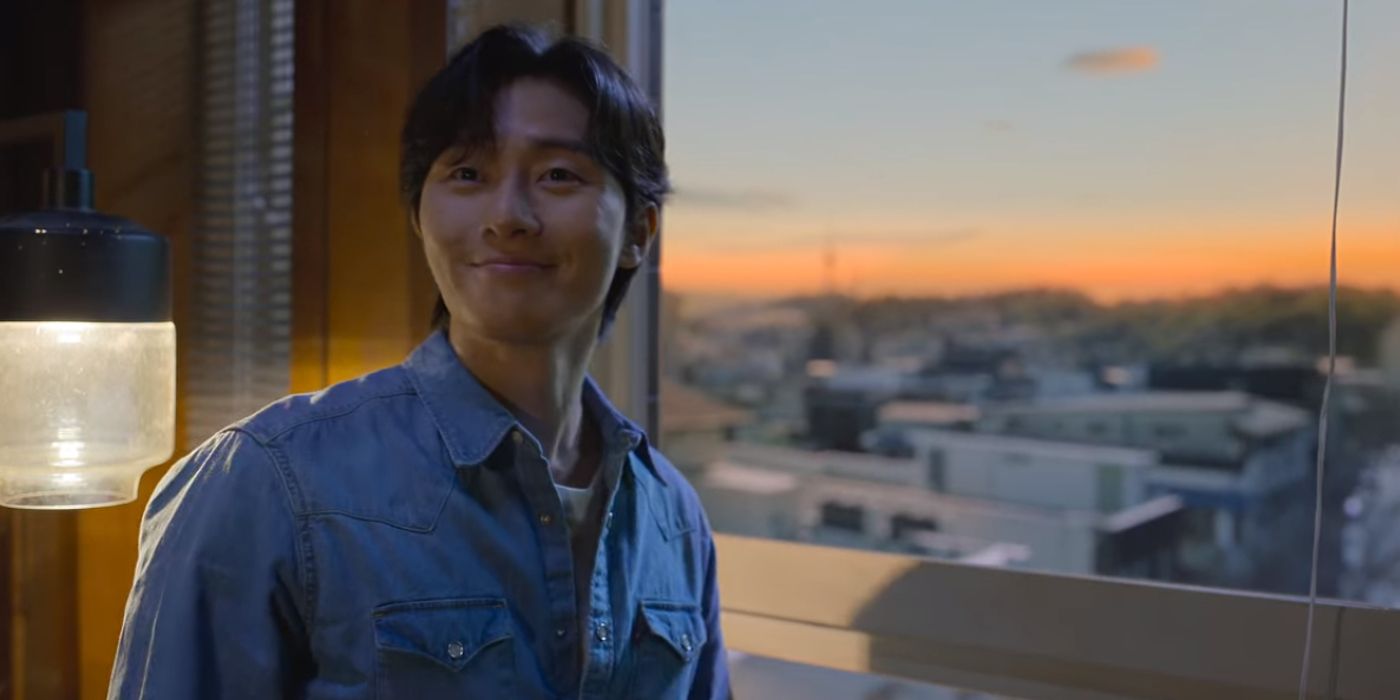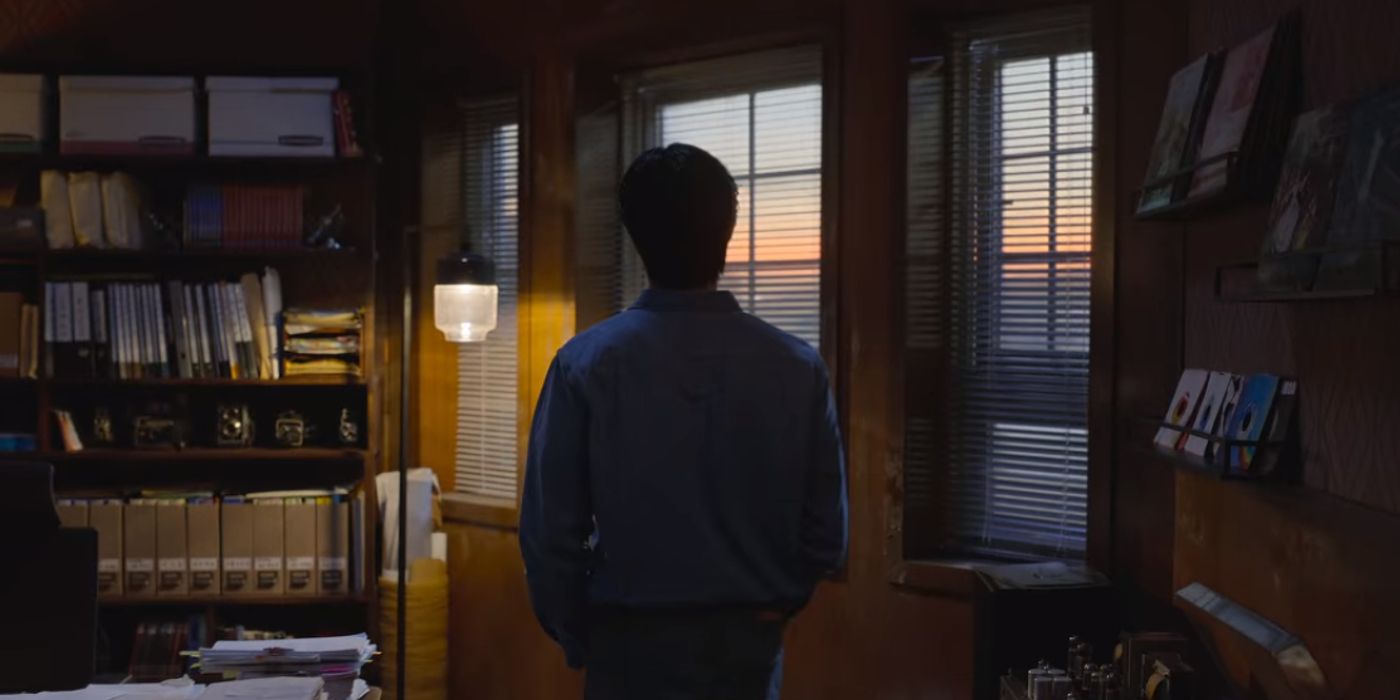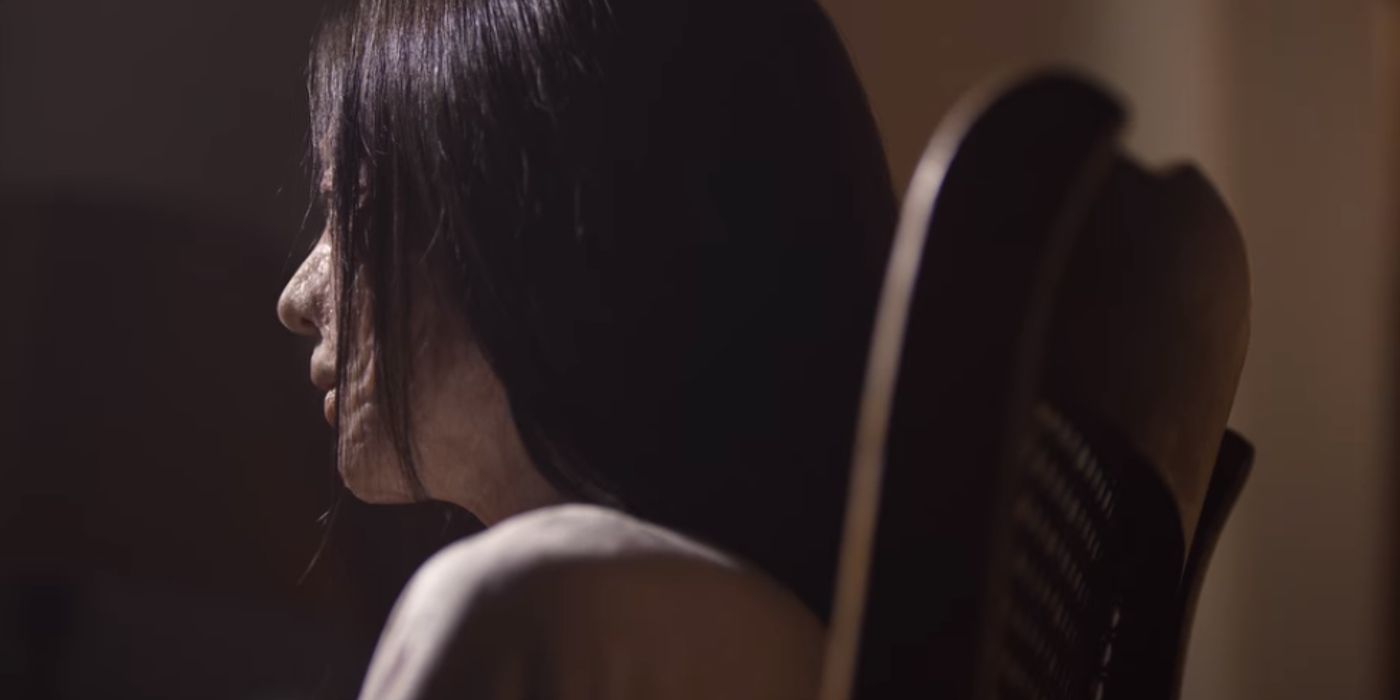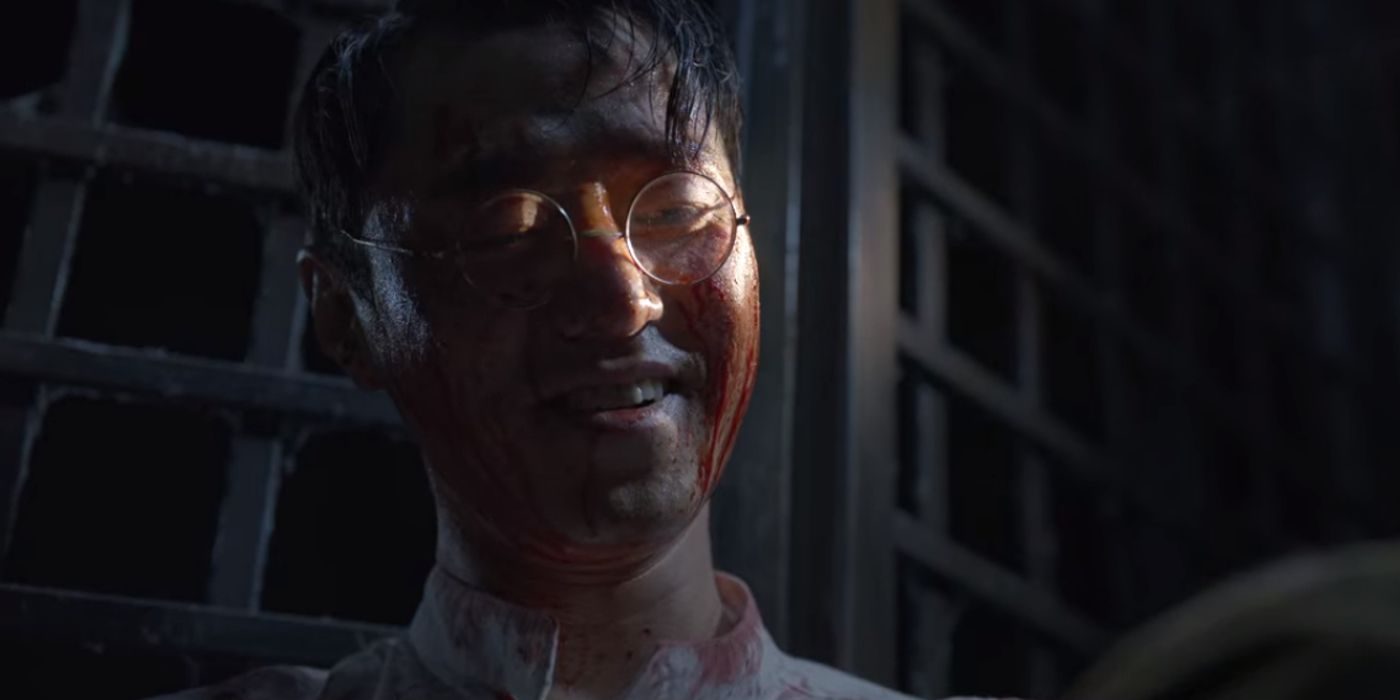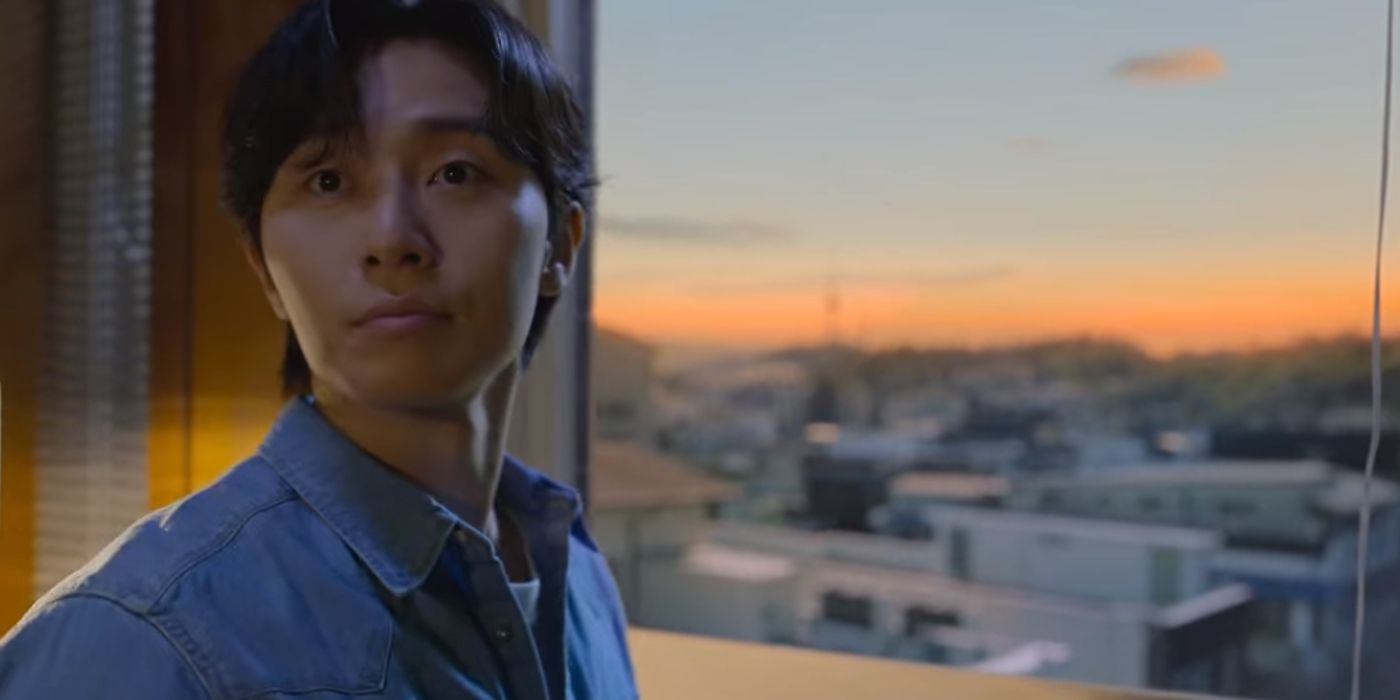Warning! Contains Mild Spoilers For Gyeongseong Creature Season 2!Gyeongseong Creature season 1’s finale has multiple cliffhangers, including a post-credits scene that changes everything about the stories of Chae-ok and Tae-sang. The newest Netflix Korean drama was split into two parts, with the first ending after Chae-ok and most of the hospital prisoners escaped. Gyeongseong Creature Part 2 picked up right from where episode 7 left off, and it ended with the Ongseong Hospital’s destruction ahead of the end of the Japanese colonial rule over Korea in August 1945.
Gyeongseong Creature Part 2 confirmed that Lady Maeda was behind it all. Not only did she provide the Ongseong Hospital and the military with the funds they needed to conduct the experiments, but she also picked test subjects for them. Lady Maeda got Myeong-ja sent to the hospital, just like she arranged for Chae-ok’s mother to be captured and turned into a test subject years ago. Gyeongseong Creature season 1 ends with Chae-ok and Tae-sang fighting dozens of Lady Maeda’s henchmen, with Chae-ok seemingly dying from her wounds. Tae-sang finally used his money to help the revolution, and a surprising time skip brought the period K-drama show to the modern world.
Did Chae-ok Die In Gyeongseong Creature?
She Is Resurrected By Her Mother
Gyeongseong Creature episode 10’s ending reveals that Chae-ok did not die, or at least that she died but has now been brought back to life. The episode initially strongly suggested that Chae-ok had died after she was injured by both Lady Maeda’s henchmen and the monster. Chae-ok, who was already hurt and bleeding from the fight, put herself between her mother and Tae-sang to prevent the monster from killing him.
As a result, Chae-ok’s mother, who could somewhat recognize her daughter but could barely control her own actions, ended up attacking Chae-ok. Considering the amount of lethal wounds she had, it was unreasonable to believe Chae-ok could have survived.
However, Gyeongseong Creature season 1’s finale ends with Chae-ok at the bottom of what seems to be a lake as she is healed or resurrected by her mother. There are a lot of mysteries surrounding the monster originating from the Najin, meaning that it is not too far-fetched to assume the creature can use its powers to heal people.
Chae-ok’s mother may have transferred her energy or life essence to her daughter, thus bringing Han Soo-hee’s character back to life. The problem is that this process also involved the Najin organism going from the creature to Chae-ok, meaning the detective may become a monster now.
Gyeongseong Creature’s Post-Credits Scene Explained
The Najin Experiements May Have Continued
Gyeongseong Creature episode 10 includes a post-credits featuring a massive plot twist that changes everything about the show, including the possibility of a second season. Although the episode itself included a brief time jump to show what a post-Japanese surrender Gyeongseong looked like, the post-credits scene flashes forward to decades into the future.
Key events in Korea’s history were shown on television, in color, including scenes from the 2000s. In other words, Gyeongseong Creature’s post-credits scene takes place more than 60 years later. A modern Gyeongseong, now South Korea’s capital Seoul, is shown from the window as a man played by Park Seo-joon appears.
Park Seo-joon’s character is referred to as “Ho-jae” rather than Tae-sang, but the way the scene plays out suggests that it is the same character audiences have been following since episode 1. Gyeongseong Creature’s time jump cliffhanger is game-changing for the show, and it sets up a completely different season 2 set in modern-day Seoul.
Multi-generation stories are nothing new in K-drama shows, but a TV series flashforwarding to more than 60 years into the future at the end of season 1 is very surprising. Considering Kato was alive by the end of the episode, the Najin experiments might have continued for decades.
How Is Tae-sang Still Alive Decades Later?
Drinking The Water May Have Granted Immortality
The biggest question surrounding Gyeongseong Creature’s finale is how Tae-sang can be alive and look the same so many decades later. Jang Ho-Jae, the character seen in the jump forward, is revealed to be a new identity for Jang Tae-Sang in Gyeongseong Creature season 2. However, he has no memories of the events of season 1.
Tae-sang was granted immortality by Maeda. This allowed him to live for so many decades without his appearance changing – he was infected by a Najin. However, his activities between 1945 and 2024 are largely mysterious.
How Did Lady Maeda Survive?
She May Have Also Become Infected
Lady Maeda did not die in Gyeongseong Creature’s finale, a surprising outcome considering she was right in front of the bomb when it exploded. Although this could be just a plot convenience – the famous “plot armor,” – Lady Maeda might have been rescued and treated by Kato.
Lieutenant Kato is fascinated with the possibilities of the human organism, which means he might have used his skills and equipment to save Lady Maeda’s life. Additionally, Kato may have used the Najin to prevent her from dying, thus giving Maeda powers in the process. The glass of water next to her could be a symbolical way of showing she is now infected too.
What Happened To Myeong-ja’s Baby
The Infant Becomes Kato’s Test Subject
Kato performed surgery on Myeong-ja, who gave birth to a child before she died. Given that Myeong-ja was slowly turning into a monster by the time she gave birth, it is safe to say the child inherited the genetic material associated with the Najin.
Kato now has the child, and they could be the first of many new test subjects in his twisted research about the Najin. Assuming infected people and monsters do not age normally, Myeong-ja’s child, Seung-jo (Bae Hyeon-seong), is a human-monster hybrid, and a central character in Gyeongseong Creature season 2
How Gyeongseong Creature Season 1’s Finale Sets Up Season 2
The Time Jump Reveals The Season 2 Story
Gyeongseong Creature season 2 arrived on Netflix in September 2024, and it became clear that the season 1 flashforward was also the tease for the next chapter of the story. Season 2 takes place in the modern Korea teased in season 1, and picks up where the post-credits scene with Ho-Jae at the end of Gyeongseong Creature season 1 left off.
Without giving away too many spoilers, the experiments of Kato didn’t end with season 1. Seung-jo, a new character for season 2, is integral to season 2’s exploration of the plotline teased when Kato left with Myeong-ja’s infant. What’s more, Chae-ok is indeed still alive in the present day setting of Gyeongseong Creature season 2. She gained immortality thanks to consuming her mother’s Najin, and gained all the superpowers that come with it.
There are further connections too of course, but to reveal them in their entirety would also be to expose every shock twist and turn in Gyeongseong Creature season 2. The key point when it comes to the ending of Gyeongseong Creature season 1 is that it set up almost every plot thread for season 2, despite their being many decades in the timeline between the end of the first season and the start of the second.
The Real Meaning Of The Gyeongseong Creature Part 2 Ending
The Finale Showed How Deep Some Are Willing To Go In Pursuit Of Power
It’s clear now that season 2 is on Netflix that the ending of Gyeongseong Creature Part 2 mainly served to set up the next chapter of the story. The full saga of Gyeongseong Creature is one that spans many decades, and the events of the end of season 1 are far from the conclusion of the story. Depending on whether the show ever returns to explore the decades between 1945 and 2024, it may not even be the mid-point.
However, when it comes to the thematic meaning of the Gyeongseong Creature season 1 ending, it’s that there will always be those who pursue greed no matter the cost. Kato perfectly exemplifies this, and it’s been established as the driving force behind many narrative decisions in the show by director Chung Dong-yoon, and why the ending of Gyeongseong Creature Part 2 featured a flash-forward to the present day (via The Times):
“This is not just a uniquely Korean story. It’s not just a tragic past that only Koreans have. Seventy years have passed, but we still have people who act out of their own greed. We still have people like that, and that’s what I wanted to keep from season one, to show that there are people like that, even in the modern days.”
